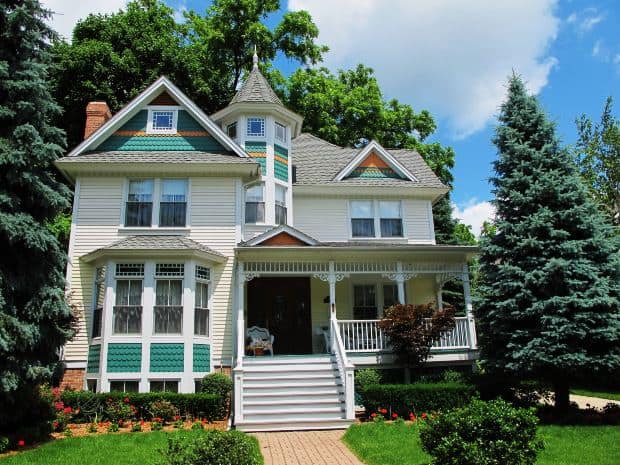
At this time of year, most people are thrilled to open the windows and air out the house after a long winter, then promptly commence the season with a deep spring clean. But a spray bottle of Lysol and a gallon of bleach are no match for the home of a hoarder.
Unfortunately, mobility issues and hoarding are partners in crime, which means that many seniors aging in place at home struggle with keeping things clean, safe, sanitary, and clutter-free. They may also tend to isolate themselves, which further intensifies the propensity to hoard.
If it’s time for spring cleaning at a hoarder’s house, consider these tips for moving forward through the mess:
Get to the heart of the issue. Find out what is causing the hoarding behavior and deal with it accordingly — otherwise, you’ll be spring cleaning every other week.
Is it anxiety-based, OCD-based, or an actual compulsive hoarding disorder? Depression, medication side effects, Alzheimer’s and dementia can also aggravate hoarding tendencies and behaviors. Find out what’s behind the hoarding and treatment options in this helpful post from AgingCare.com.
Is it an emotional void the individual is seeking to fill? There is probably no other age group that experiences grief and loss as frequently as seniors. In many cases, the loss of a spouse, loss of independence due to an injury or illness, the loss of memory or cognitive function due to dementia, or the continual loss of friends and loved ones can lead to hoarding. This CaregiverStress.com article, 10 reasons seniors keep stuff, will help you sort through the motivations behind hanging on to a hoard; among them, fear, fatigue and loneliness.
Is it Diogenes Syndrome? Also known as senile squalor syndrome, Diogenes is often brought on by dementia or frontal lobe impairment. Although a person’s idiosyncrasies can be exacerbated with age, as this article from APlaceForMom.com says, Diogenes Syndrome is a legitimate cause and effect relationship that impacts many older hoarders. Learn more about Diogenes Syndrome here.
Intervene. There may be several issues feeding the hoarding (dementia, loneliness, and grief); if so, approach each one and find a solution for each. This guide, 10 reasons for senior hoarding: how a caregiver can help, presents valuable suggestions for various hoarding scenarios. If these suggestions get you nowhere, check out Senior hoarding: If a senior won’t let go.
Make a plan. Experts at APlaceforMom.com recommend an organized plan of action, starting with enlisting help from a group of friends, family members, or professionals. Next, schedule a date, and workroom by room, no matter how hard it is not to think of all the other rooms you must clean and clear out. Finally, delegate tasks to your group members and create a system for setting aside keepsakes and valuables, charitable/donations, and trash.
Prevent future clutter creep. Spring cleaning should only come but once a year, provided you maintain the deep clean you completed on that first warm weekend. With a hoarder, that requires extra due diligence, and often on the part of the caregiver. This Caregiver’s Guide to Spot Clutter Creep is a perfect tool for staying on top of the mess by focusing on problem areas where hoarders tend to store extra stuff.
Read our post Aging in Place Alone? Tips for Preventing Injuries and Isolation for ideas on modifying the home, installing mobility aids like a stairlift or wheelchair ramp, and other suggestions for making the home a safe place to age in.
